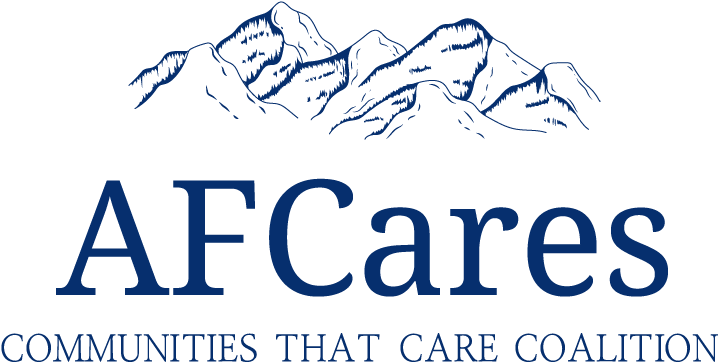The Social Development Strategy provides the foundation for all of the work we do. They’ve organized information about what protects young people from developing health and behavior problems into a strategy CTC puts into action in families, schools and our community.
When you use the Social Development Strategy in daily interactions with young people, it helps keep them on track for healthy development. The strategy has five key components:
Opportunities:
Provide developmentally appropriate opportunities to young people
for active participation and meaningful interaction with others.
Skills:
Teach young people the skills they need for a successful future.
Recognition:
Provide consistent and specific praise and recognition for effort,
improvement, and achievement.
Bonding:
Acknowledge a young person’s efforts and promote positive bonding — a
sense of attachment, emotional connection and commitment to the people and groups who provide that recognition. Bonding can occur with a family member, teacher, coach, employer or neighbor.
Clear Standards for Behavior:
Through the process of bonding, young people
become motivated to live according to the healthy standards of the person or group to whom they are bonded.

